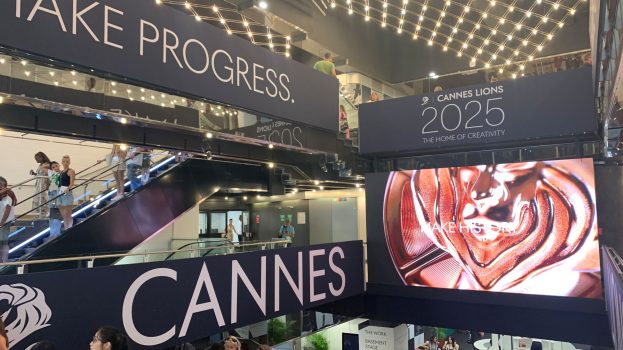This story originally appeared in the May 2019 issue of strategy.
I never expected to buy pomegranate molasses or toilet paper from Amazon, but somehow that happened.
Local retail that I used to rely on for everything has become less appealing. It’s not them, it’s me.
Out of stock, inability to order in another size/color/model, things that might have been tolerable a few years back now seem unacceptable.
Amazon will get it to me tomorrow, so why bother traipsing around? We’re too spoiled for retail as we knew it.
The growing recognition of the impact that all those overnight single-item shipments (and all those boxes) have on the planet, plus the domination of a single corporate entity is now a deterrent for some, but the Amazon effect on our expectations remains.
Bricks-and-mortar responded with a greater focus on tailored offers and better experiences, battling back with the best of online and offline worlds. But when it comes to the more unique play of the two – a focus on personalization – it’s getting harder to play catch-up.
At this year’s Shopper Marketing Forum we heard from brands like Canadian Tire, Walmart and Loblaw that got in early and invested big so are now well along the digital transformation path, and have moved to next-level marketing performance and CRM-led “frictionless” retail rejigs.
We’ve signed on to so many programs, apps and email lists that brands who haven’t invested or evolved a direct-to-consumer platform now face shoppers who are opting out more than they’re opting in. Plus privacy regulations keep getting tighter.
And that’s a real wild card. Privacy concerns amid awareness of data use and breaches have consumers wary.
While brands are figuring out how to build an increasingly elusive direct relationship with the consumer (and how to fund that investment), people are rethinking their relationship with stuff. ‘Consumerism is killing the planet’ is a growing refrain and mainstream preoccupation, and as our anxious stressed-out society seeks to simplify their lives, amassing things is on the hit list.
Which loops back to my shopping dilemma. I need things. Things come in plastic tubs. While I dabble in making my own yogurt, I feel it’s best for all that I don’t attempt cheese-making, which is why I’m signing up for Loop’s launch in Canada.
The program partners with CPG brands to offer their products in reuseable containers, from metal coolers to glass bottles that are returned to store. That’s the kind of offering I want to hear about, and will influence brand purchase and store choice.
Back when Walmart first launched in Canada, similar to when Target landed, it was heralded as the end of retail as we know it. All would perish in the wake of their scale and pricing. But the strong adapted and gave consumers a better reason to keep choosing them. Like the addictive points-for-cash-off Optimum program that gamified shopping and made Shoppers Drug Mart the obvious place for pharma and beauty.
And now Shoppers’ parent Loblaw has stepped up the game and borrowed a page from the Amazonian playbook. You can subscribe to be an elite member with special perks (free shipping and extra points), and the latest move is a bold media play. As more people go the ad-free streamer route for media, the reach of a retail network gains weight, and as a power member of the merged PC Optimum program, I know how insidiously influential the right offer at the right time can be.
The quest for loyalty through perks and incenting behaviour via targeting wizardry is definitely a killer combo; but gamechanger actions can inspire fidelity of a different stripe.
There’s an opportunity to do more with the platforms and power retailers and brands have, to keep shoppers engaged beyond the reach and ability of an algorithm. More than a decade ago, Walmart’s demand for suppliers to reduce packaging had an impact on the chain’s eco footprint and beyond. Today, IKEA and Walmart’s more aggressive sustainability pledges are making bigger headlines.
Frictionless is great and all, but maybe it’s gumption time. There’s an opportunity for more brands to come out with bolder, faster change on the waste front, on the Made-In-Canada front, as well as the wellness and eco front. That’s a story we’d opt in for.























